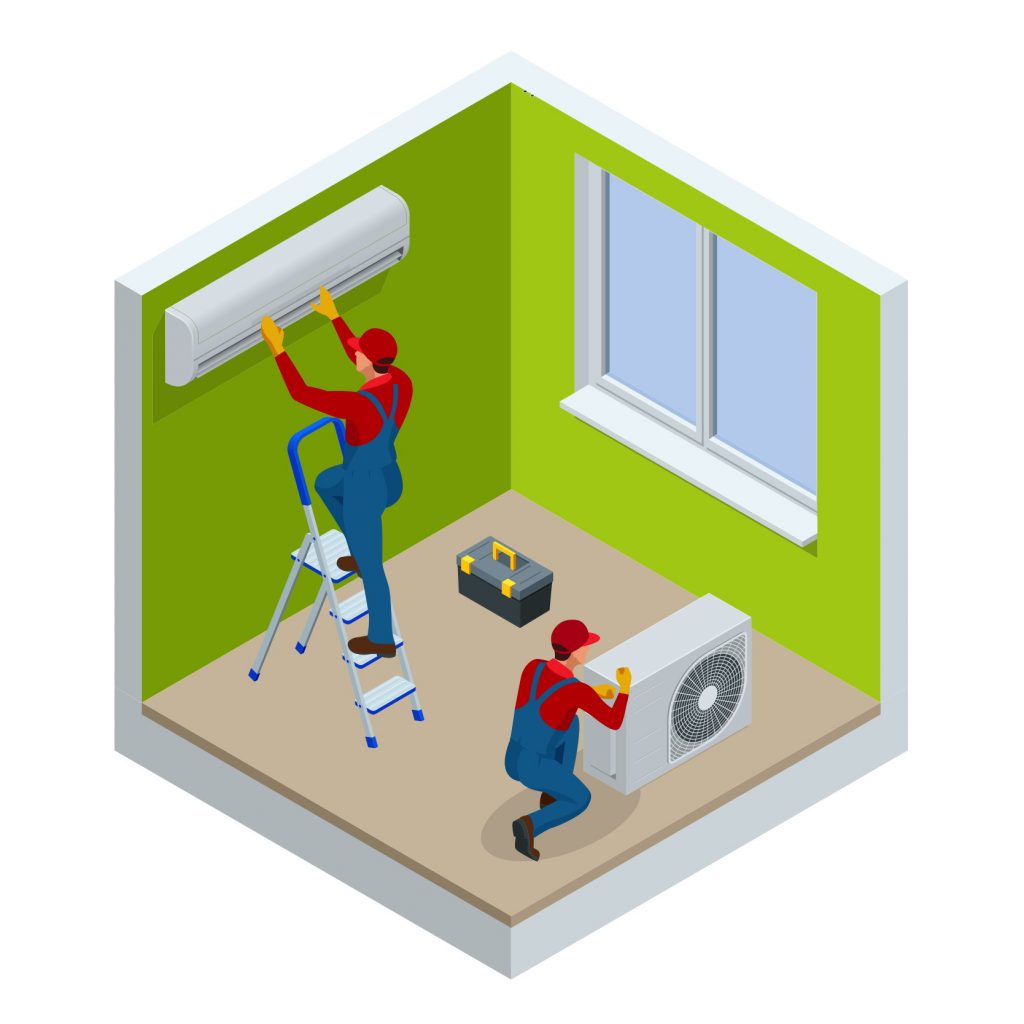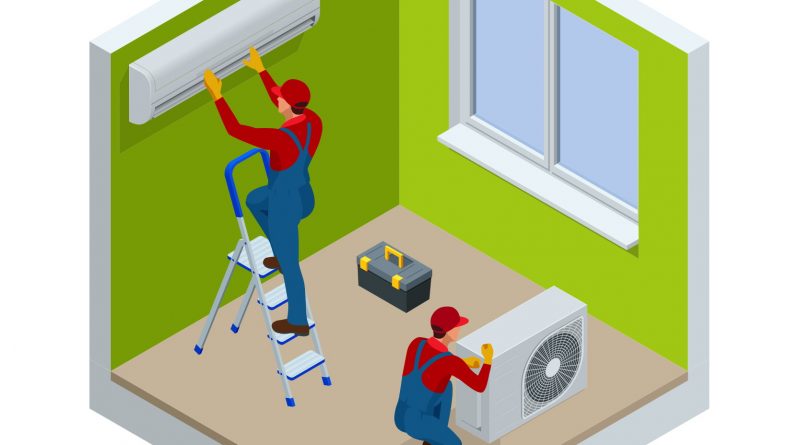The Future Is Electric. Mostly. But It’s Complicated.
Impressively, even a lot of people in the fossil fuel industries are coming around to the fact that we probably need to cut down on that whole greenhouse gas thing if we don’t want to see widespread disastrous consequences for weather, oceans, and, well, the survival of many things on our planet. I try to avoid climate alarmism, so while I’ll say that it’s all a very serious issue, I’ll also point out that the explosive growth of renewable energy has created some sort of light at the end of the tunnel. But there’s not much consensus around the question of what the exact mix of energy sources is going to look like in the future. Electrification, though, is probably a thing that is coming– getting rid of gas in favor of electric systems. Such was the focus of a recent webinar presented by Energy and Environmental Economics to the Maryland Commission on Climate Change. The conclusion? Well… it’s complicated.
“Electrification Is Not Enough For Decarbonization” – Consumers Energy
Different Roads Lead To The Same Place
Whether you think about it in terms of “decarbonizing the economy” or “getting to net zero carbon emissions,” the biggest assumptions here are that everybody is considering what a future looks like where we use less fossil fuel to heat our homes or to generate electricity. This switch is broadly called “electrification.” Most jurisdictions, companies, or other large entities thinking about this are considering a few possible paths to get from here to there. For the purposes of this meeting, we were focusing on buildings. This means that most of the energy is going to be consumed by heating or cooling spaces.

An all-electric future is probably going to be more expensive, but…
…it’s complicated. It’s definitely not going to be as E3 painted it, which is like, “your bill in 2045 might be $250 a month if we’re stll burning gas, but with all electric everything, it’ll be $1000 a month!” First, there are some things that the studies in question aren’t thinking about. The first is distributed power generation, a.k.a. my neighbor having his own rooftop solar array, my local supermarket having its own rooftop solar array, etc. Technology’s going to change. It’s likely going to get better, too– even with the caveat that “more efficient technology” takes a lot of effort to translate to “broad net benefit to the average Tom, Dick, or Ahmed.” There are some complicating things to consider for the study.

1. Demand Response
This is a new-fangled system that utilities– like Exelon, Pepco, etc.- are using. The customer opts into the program with their smart thermostat installed. It allows the utility to tell the customer that, “hey, it’s going to be really, really hot today, so, if you turn down your AC for two hours, we will pay you money!” Pricing this is kind of tricky. But the idea is that during extreme weather events, reducing , strain on the grid saves the utility a lot of money, and it can pass that on to the consumer.
2. Electric Vehicles
Goes without saying that switching from a gas car will mean you’re spending more money on electricity from your local utility, but less money at your local gas station. Electric vehicles also generally have pretty superior maintenance records to gas ones, which will save you money. But there’s an increasing interest in talking about the use of “vehicle-to-grid” technology. E3’s thing didn’t talk about this. Basically, whether you have a spendy Tesla Powerwall or a bank of car batteries in your basement, it’s possible to sell stored power back to the grid. This could be great in peak demand “events” (extreme hot or cold weather). It also could drive down E3’s proposed $1000-a-month utility bill, which I think is pretty darn lofty.

3. Better Buildings and New Technology.
Yeah, I mean, I guess it’s possible that we’ll be powering homes of the future with moon rocks or pocket-sized fusion reactors. More likely, though, we’ll have to spend more effort focusing on reducing load to begin with. This is a key preface for any type of electrification. A 2×4 stick-framed house with the current, premodern building code practices used in jurisdictions like Detroit, which doesn’t actually enforce the state’s building code, is ridiculously inefficient.
But let’s say you instead have a double-studded wall (two 2×4’s thick), packed with cellulose insulation, and rigid foam sheathing on the outside of that wall. You’re now creating a wall that insulates better than the roofs of yesteryear. The roof, in turn, will have insulation levels of 2-3x this. And you could consequently heat your house with an electric hair dryer if you wanted to.
4. Passive, Active, and Integrated Systems.
The idea of the passive house will probably also combine with stronger considerations of how to integrate systems with buildings in ways that, well, we don’t. I’m thinking about things like solar thermal water heating, utilizing thermal mass from certain building materials, or even using things like district heating or cooling in ways that make scale make a lot more sense.
It’s probable that we won’t entirely get rid of all gas combustion in the next few decades. Most likely, we’ll convert to using biogas for a lot of gas applications. We might use micro-scale combined heat and power systems. Who knows? Anyway, I’m not going to tell you to buckle up for some crazy high bills. E3’s numbers seem quite lofty, and their methodologies that involve a future where no one gets rid of their extremely expensive electrical resistance heater seem, well, pretty bizarre. Electrification, though, is coming! Getchu some heat pumps!




